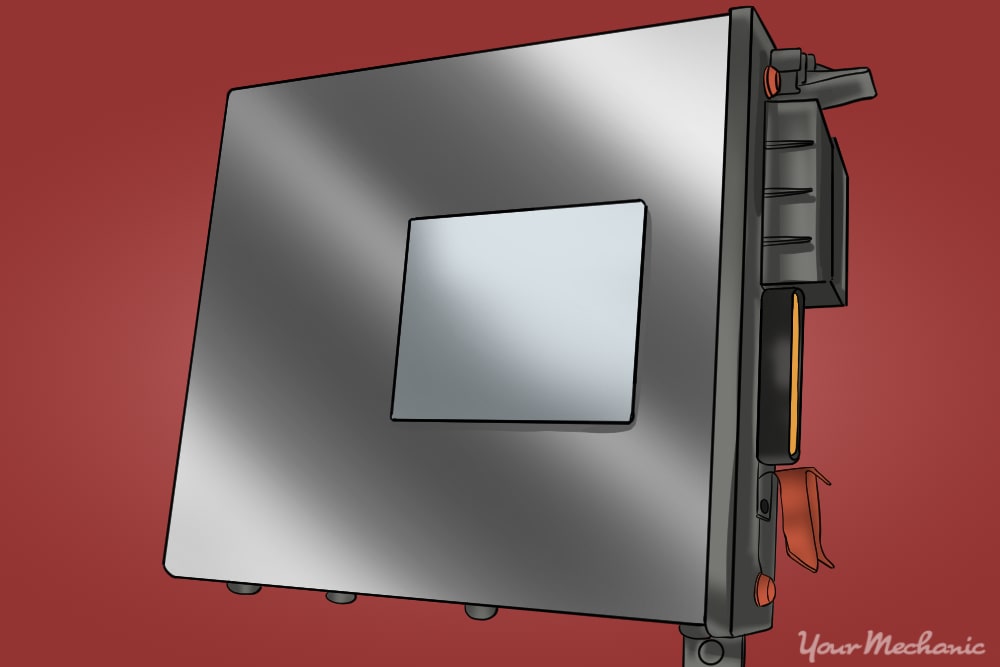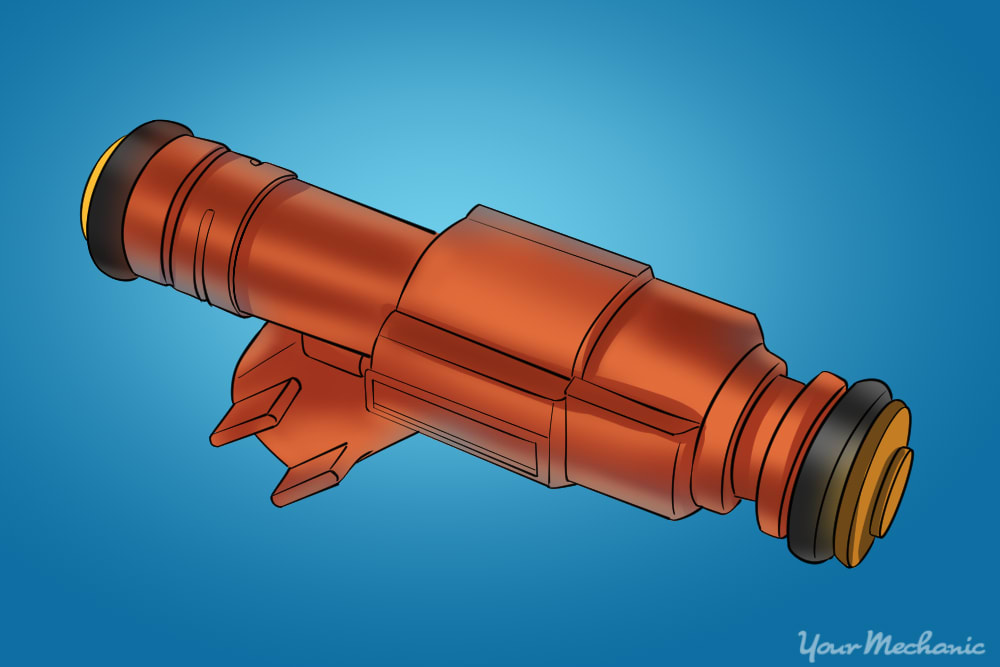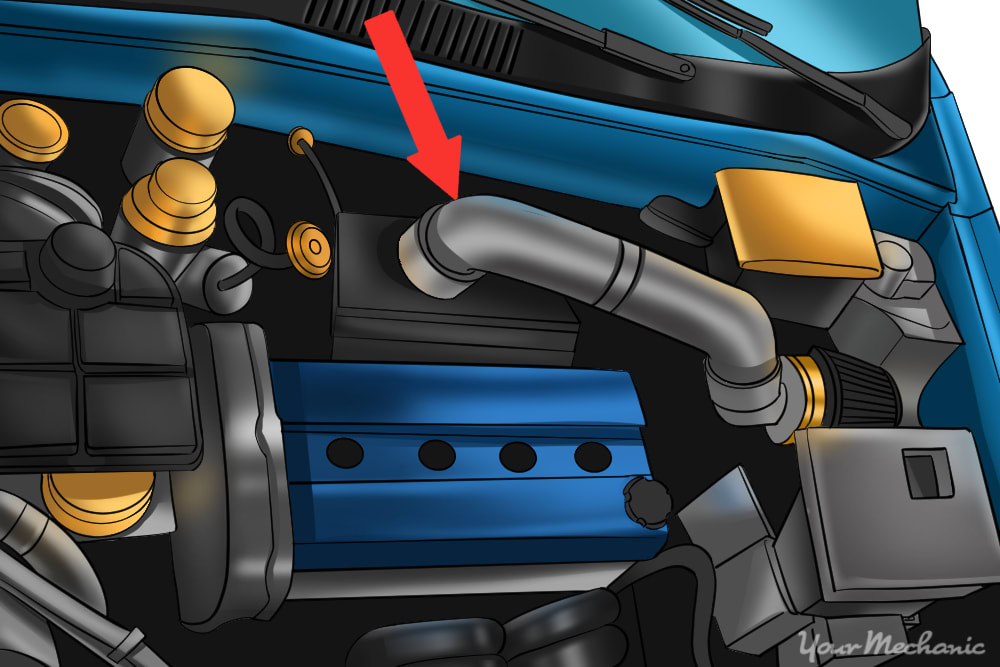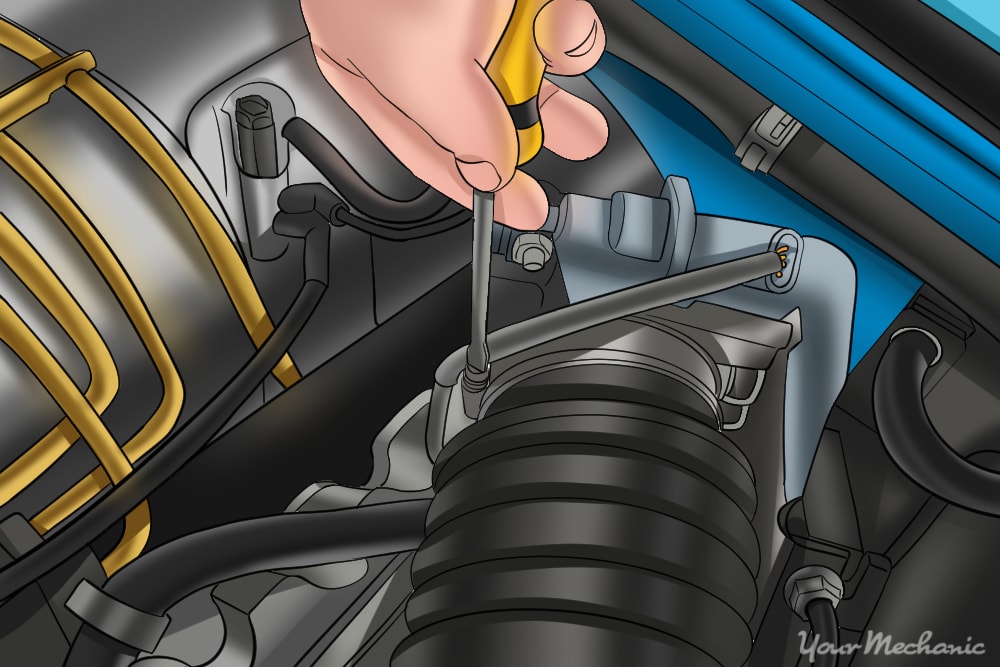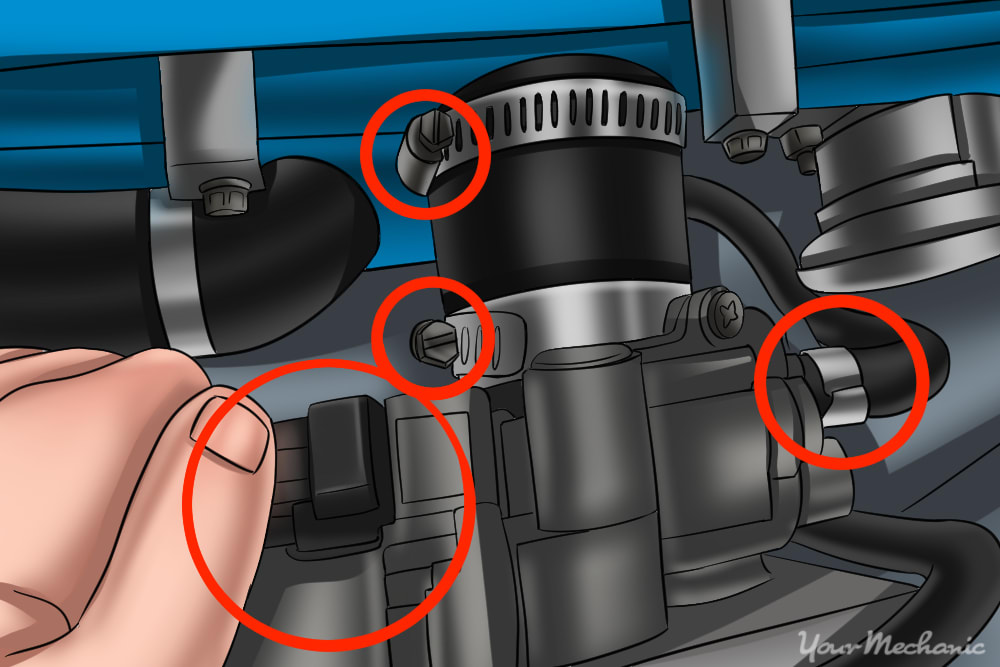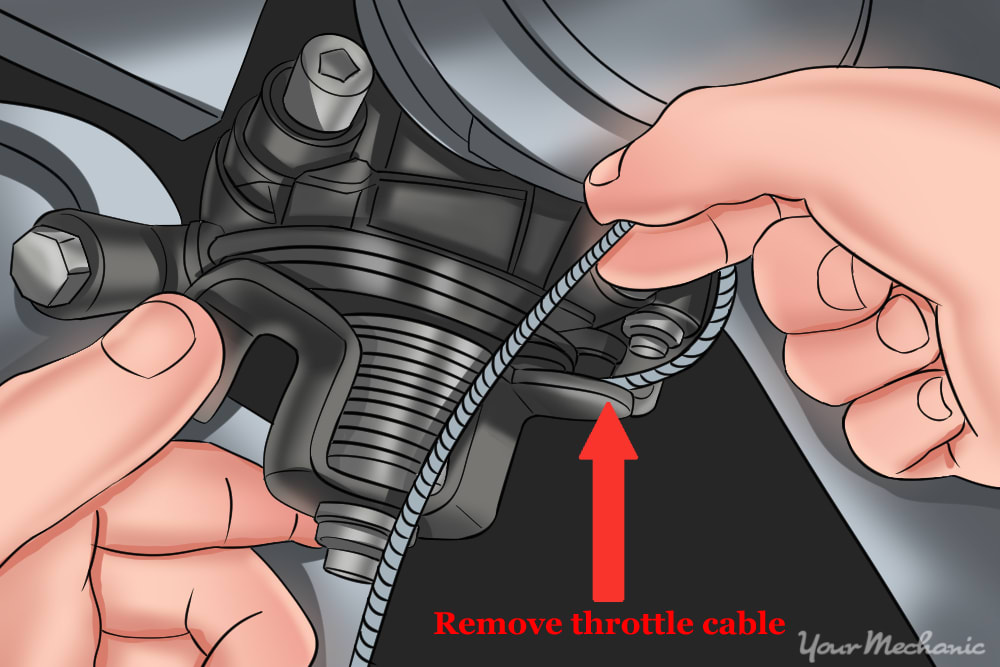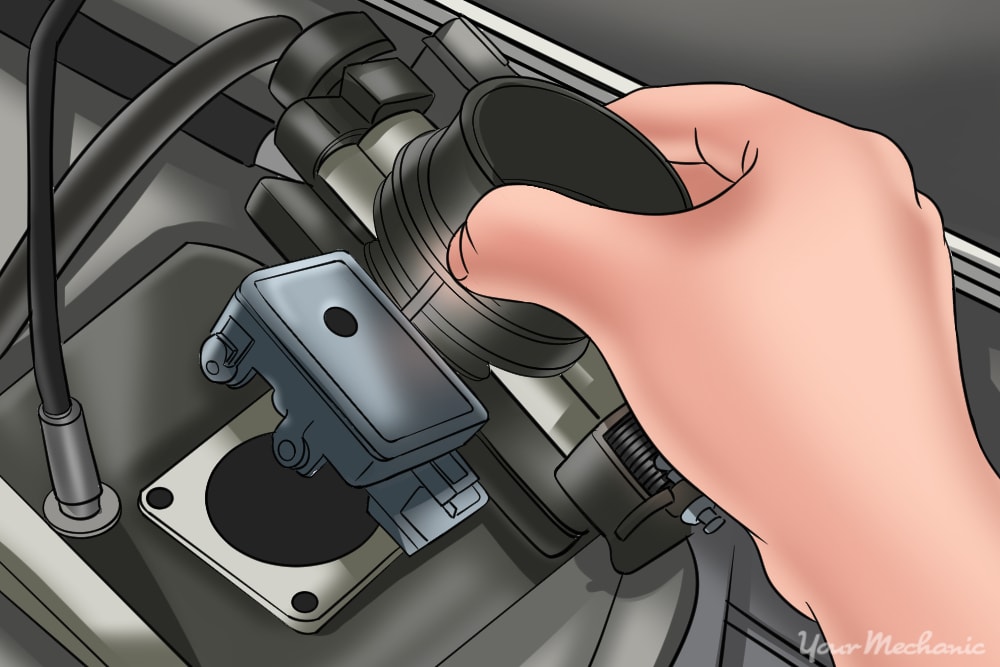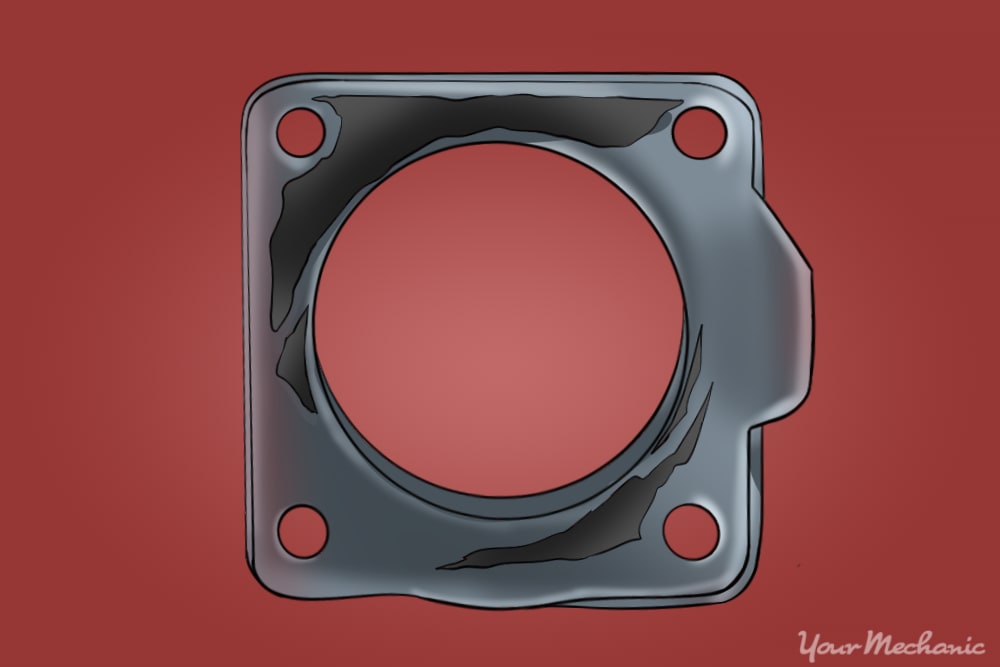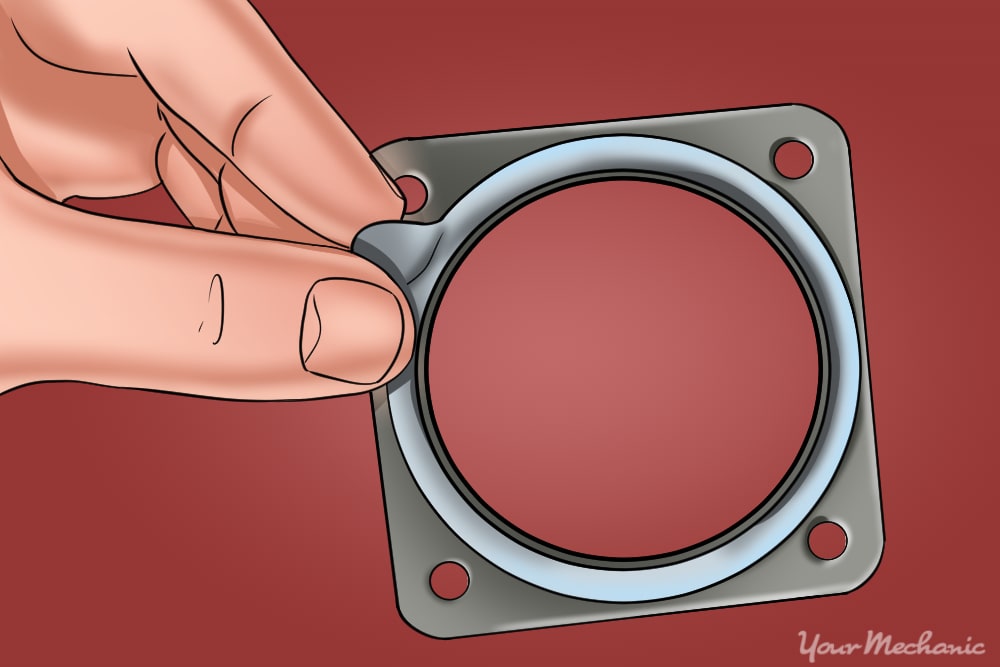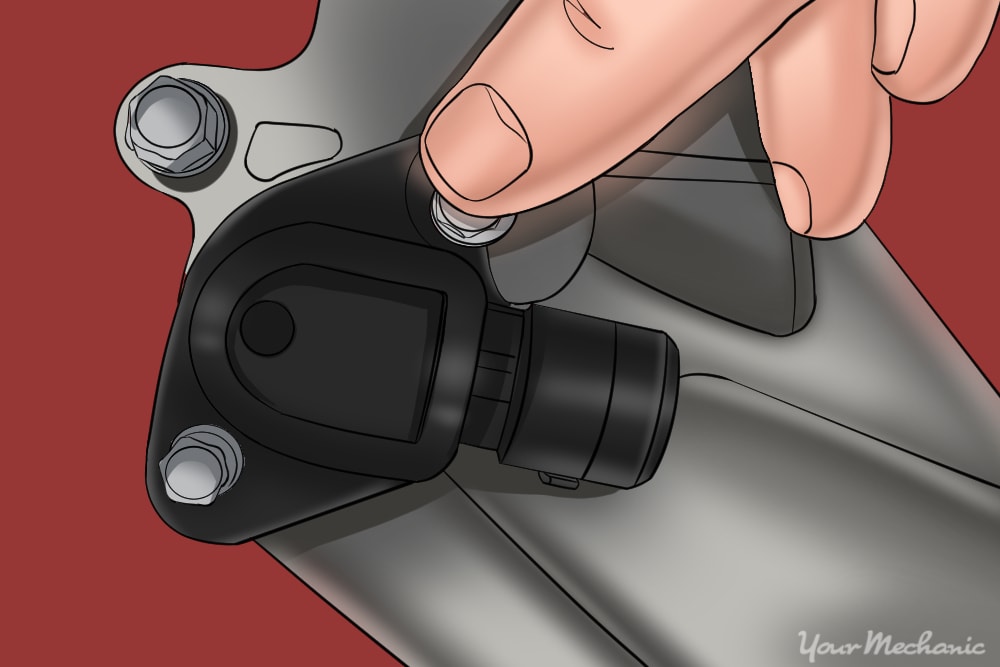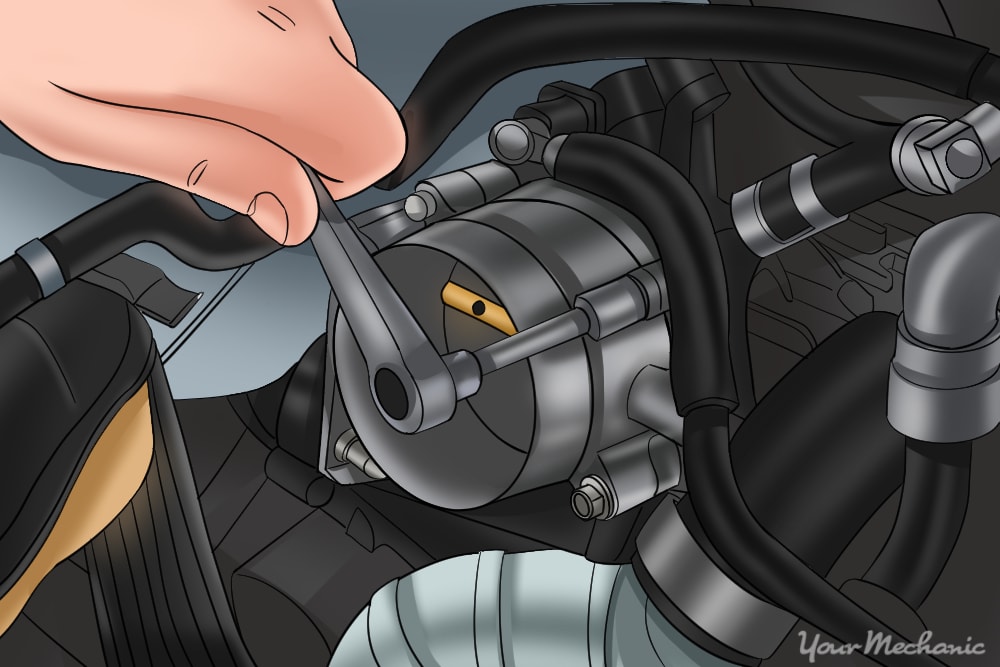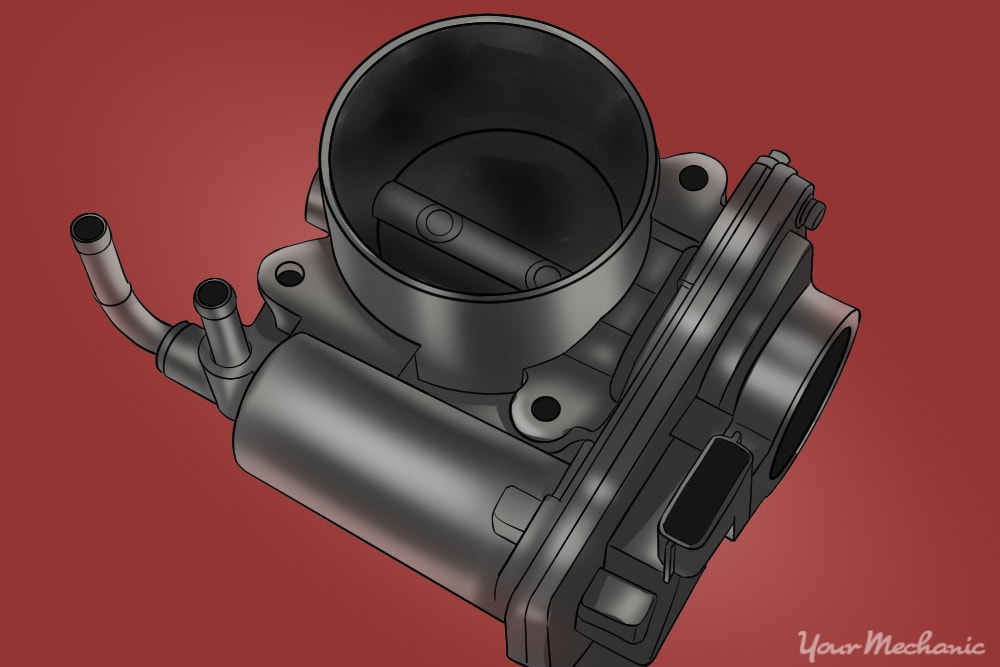

The modern automobile is comprised of many different systems. These systems work together to transport us or move materials to a destination. All vehicles have at least one thing in common: they all need some type of fuel delivery system in order to get gasoline to the engine and create power. Once the fuel makes it to the engine, it needs to be mixed in such a way that it has the correct amounts of both air and fuel for optimum efficiency and power.
The Electronic Control Unit (ECU) is the brains of the operation, when it comes to figuring out the demands for fuel and air inside the engine. It uses a combination of inputs, from several sources within the engine compartment, to identify the load on the engine and deliver the correct air/fuel ratio to make the power required, all while attempting to stay within emission requirements and trying to deliver maximum efficiency.
- Note: The Electronic Control Unit (ECU), can also be referred to as Electronic Control Module (ECM), the Powertrain Control Module (PCM), the computer, the brain, or any of several other terms within the industry.
The electronic control unit supplies a signal to the throttle body, in order to control the amount of air that enters the engine, and another signal to the fuel injectors, in order to control the amount of fuel. The fuel injector is what actually sprays the desired amount of fuel into the engine.
The throttle body controls how much air is allowed into the engine by way of a butterfly valve. The position of the butterfly valve determines the amount of air that is allowed through the throttle body housing and the air into the intake manifold. When the butterfly valve is closed, the disc completely blocks off the passageway. When the valve is fully open, the disc is rotated so that it allows a greater passage of air.
When the throttle body becomes clogged with carbon build-up, the airflow allowed through the throttle body is blocked. This buildup can also prevent the butterfly valve from functioning properly as it keeps the valve from opening or closing as it should, thus decreasing the drivability of the vehicle and even possibly damaging the throttle body housing.
Part 1 of 1: Replace the throttle body
Materials Needed
Step 1: Locate the throttle body. With the car hood open, locate the throttle body. Typically, an air box houses the air cleaner and the ductwork that connects it to the throttle body. The throttle body is mounted between the airbox and the intake manifold.
Step 2: Remove any ductwork or piping connected to throttle body. Use a screwdriver to remove any ductwork or piping connected to the throttle body. Some hoses or tubes are held in place with fasteners, while others may be held in place by clamps or are twisted into the housing.
Step 3: Disconnect electrical connections. Disconnect any electrical connections to the throttle body. The most common connections are for the throttle position sensor and the idle air control valve.
- Note: The number and type of connections will vary by manufacturer.
Step 4: Remove the throttle cable. Typically, this is done by holding the throttle in the wide open position, pulling the exposed section of cable far enough to have a small amount of slack in it, and sliding the cable through the open slot in the throttle linkage (as in the illustration above).
Step 5: Remove the mounting hardware of the throttle body. Remove the hardware that mounts the throttle body to the intake manifold. This can include a number of bolts, nuts, clamps, or screws of different types.
Step 6: Separate the throttle body from the intake manifold. With all of the throttle body mounting hardware removed, gently pull the throttle body away from the intake manifold.
You may need to gently pry the throttle body away from its seat. When prying off any of these parts, ensure that you do not damage the parts or their mating surfaces.
Step 7: Clear away any gasket residue. Check the throttle body flange on the intake manifold for any leftover residue or stuck gasket material, before installing a new throttle body gasket.
Use a gasket scraper to gently clean off any residual gasket material while taking care not to scratch or gouge the mating surface.
Step 8: Install new throttle body gasket. Place a new throttle body gasket onto the intake manifold. Pay close attention that you match up any holes in the gasket with the intake manifold.
Step 9: Examine the replacement throttle body. Visually inspect the replacement throttle body and compare it to the old throttle body. Verify that the new throttle body has the same number and placement of mounting holes, the same diameter opening for the intake tubing, the same accessory openings, and the same mounting points for any accessories and brackets.
Step 10: Transfer any necessary parts to the replacement. Transfer any parts from the throttle body that was removed, over to the replacement throttle body. Parts such as the throttle position sensor or the idle air control valve (if equipped) can be transferred at this point.
Step 11: Install the replacement throttle body. Place the replacement throttle body onto the intake manifold. Reinstall the hardware that holds the throttle body in place. Reinstall the throttle cable. Put back all hoses and other items that were removed during the dismantling process.
Step 12: Plug all electrical connectors. Plug all electrical connectors back into their corresponding components. Plug the throttle position sensor back up, reconnect the idle air control valve (if equipped), and any other electrical connections that were removed during the dismantling process.
Step 13: Complete installation of all other ancillary items. To complete the installation, connect any hoses, clamps, tubing, and ductwork that were removed during the dismantling process. Also, ensure that you connect the intake manifold ductwork back to the airbox.
Step 14: Inspect your work area. Before firing the engine to verify the throttle body function, look over the area around the throttle body and check that you have not missed anything. Take a few minutes to ensure that all hoses have been reconnected, all sensors have been plugged back in, and all clamps and other hardware have been secured correctly.
Step 15: Start the engine to verify installation. When you are satisfied that everything has been installed correctly, turn on the ignition and start the engine. Listen for any noises that sound out of the ordinary. Check that the throttle responds to pedal input and that rpm’s increase proportionately. Also, look under the hood, with the engine running, to be sure there are no leaks or malfunctions.
Step 16: Perform a road test. Once the installation is complete, take the vehicle for a road test to ensure that everything functions properly. Keep an eye on the gauges for anything out of the ordinary.
The throttle body is one of those items in the modern vehicle that has a large effect on the proper functioning of a vehicle. When a throttle body gets clogged with carbon, the vehicle may suffer from issues ranging from a lack of fuel mileage, loss in efficiency or may even become totally inoperable.
If, at any point in the process, you feel that you need help to replace the throttle body or replace the idle control valve, contact a professional technician, such as one from YourMechanic. YourMechanic has trained and certified professionals who come to your home or place of business and perform the repairs for you.


